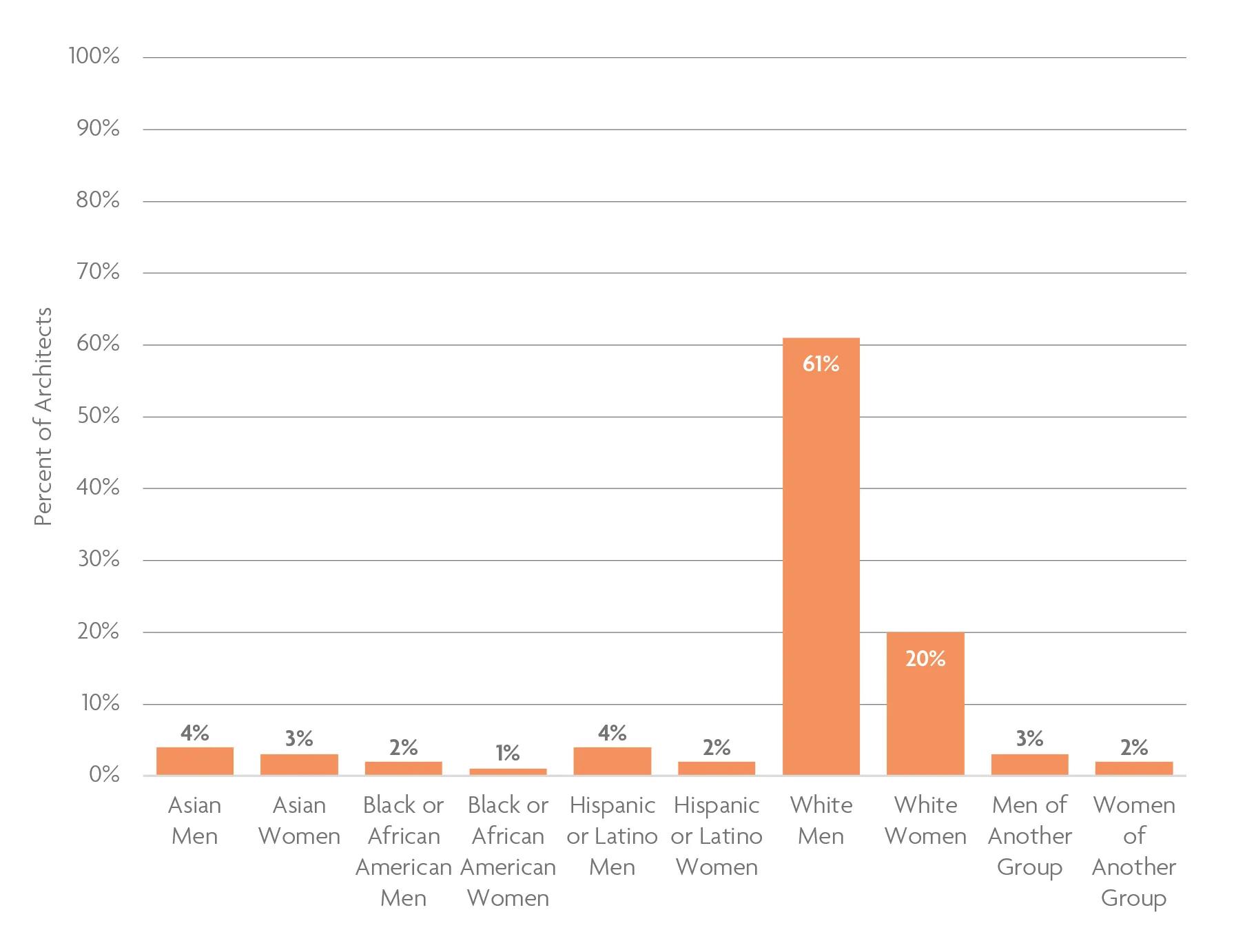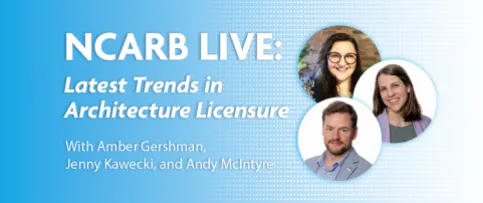The 2025 edition of NCARB’s annual data publication, NCARB by the Numbers, is now available! Focusing on data from the 2024 calendar year, this year’s publication provides an inside look at demographic data for the profession, including increased representation in the population of candidates pursuing licensure.
In 2024, racial and ethnic representation among licensure candidates hit a record high, with nearly half (49%) of candidates identifying as a person of color. Additionally, 46% of licensure candidates are women, including 51% of new Record holders.
As candidates progress along the licensure path, these increases are becoming more apparent in the profession.
NCARB has seen steady growth in racial/ethnic and gender representation within the architect population over the past decade. People of color now make up 20% of the total architect population, 4 percentage points higher than the proportion seen 5 years ago. Like racial and ethnic representation, gender representation has shown a slow-but-steady increase over the past several years: Women now make up 3 percentage points more of the architect population than they did in 2020.
Despite slowly increasing representation across racial/ethnic groups and genders, architecture is still a predominantly white, male profession: white men make up 3 out of every 5 architects.

New architects, on the other hand, are more diverse than the overall architect population. More than 2 in 5 new architects are women, and a third are people of color—an increase of 2 and 4 percentage points, respectively, compared to 2020.
As the current cohort of candidates earn their licenses and become architects and as NCARB continues to work for more accessible pathways to practice, NCARB expects to see representation continue to increase in the new architect population.
About NCARB by the Numbers
The findings in NCARB by the Numbers are pulled from NCARB’s database of nearly 126,000 licensure candidates and architects, making this annual report the most comprehensive source for licensure statistics.
Learn more about trends on the path to licensure in the 2025 edition of NCARB by the Numbers!



